Augustine grapes - an early ripening table variety on your site
Bushes grapes not only decorate a summer cottage or garden, but also annually give a rich tasty harvest of sweet berries. With proper care and annual pruning, large and juicy bunches can be produced. Among the large number of different varieties and species, it is worth paying attention to the Augustine grapes.
Content:
- General information about the grape variety Augustine
- Care
- Preparing for winter
- Pruning grapes
- Reproduction
- Diseases and pests
General information about the grape variety Augustine
Grape is a perennial plant that belongs to the grape family. Augustine belongs to the early maturing, table varieties, which were bred by breeders in Bulgaria.
The plant is a strong medium growth bush, shoots ripen by 80% per season. The leaves are large, flat, rounded, lobed. The central part is slightly longer than the others, pointed. The upper part of the leaf plate is smooth, glossy, painted in a dark green tone. Its lower part is light with a light cobweb-like down. The flowers on this grape variety are bisexual, which greatly facilitates pollination.
The fruits are large oval-shaped berries, in a ripe state they are colored in a light yellow or amber tone.
They are collected in bunches, weighing an average of 400 grams, and also up to 1.25 kg. After ripening, the fruits can remain on the vine for another 15 days without losing their presentation and taste. The variety bears fruit every year, even under unfavorable conditions, several bunches of grapes will ripen on the vines. Resistant to common diseases and winters well in frosts down to -24 degrees.
Care
For the Augustine grapes to bring an annual abundant harvestIt is recommended to choose a well-lit, warm location that will be protected from drafts and strong winds. The soil prefers loamy, black earth, although it can grow almost everywhere.
IN watering grapes need only in the spring and during the summer long dry weather.
Top dressing:
- It must be brought under the bush annually mineral and organic fertilizers for a good and healthy shrub development.
- Plants are fed in warm spring along with watering. The process is recommended to be carried out in the evening.
Throughout the season, as the vine grows, it is necessary to monitor the stepsons and remove them in a timely manner. It is recommended to gently break off the branches that grow in the leaf axils. With sudden movements, you can damage the vine, and even break it in thin places.
When inflorescences have formed on the branches, you can break off the tops of the vines. This is done so that all the nutrients that the root system takes from the ground go to the formation and growth of fruits, and not to the further development and growth of the stems. Also, after the formation of the berries, you can remove excess clusters so as not to overload the bush, as well as remove the lower part of the foliage.
Preparing for winter
Augustine grapes can be grown in regions where the winter temperature does not drop below 24 degrees of cold, without additional insulation and shelter. In other cases, the bush is necessary prepare for the winter... For this, in the autumn, a preliminary pruning.
Before the onset of cold weather, after the first frost, the branches are bent on opposite sides of the bush and laid in pre-prepared grooves.
All branches are neatly attached to the ground with staples and covered with a film so that the branches do not touch it. Top can be covered with straw or spruce branches and covered with earth.
In the spring, the grapes open when all the snow has melted. It is recommended to carry out the procedure on a cloudy day or in the evening so that the branches do not get sunburn.
Pruning grapes
Pruning the bush is carried out in the autumn and spring periods:
- Before the first frost it is necessary to remove the entire long vine, leaving a few strong branches with 5-7 eyes on each. At the same time, on each side of the formed bush, there should be an approximately equal number of vines, with the expectation of spring removal of poorly overwintered branches.
- The formation of a bush begins from the first years of life. grapes, after planting it on a permanent place of growth.
- In the spring, after the branches open in cold regions, the vine is lifted onto trellises. At this time, the final pruning before the season. Weak and damaged branches are removed.
Reproduction
The Augustine grape is most often propagated by cuttings or cuttings... For the first method, a well-ripened vine is used, which, without separating from the mother bush, is dropped at a distance of 1.5-2 meters into a previously prepared hole. The top of this branch must be tied to a nearby support.
After 1.5-2 years, after the new bush is well rooted, it can be separated from the main grape.
Cutting grapes:
- Cuttings are cut during the autumn pruning of grapes. For this, strong branches with not yet stiff bark are used.
- One cutting should have 3-5 buds.
- For the winter period, cut branches are recommended to be placed in the refrigerator where vegetables are stored or in a dark cool basement. First, they must be wrapped in a damp cloth and make sure that it does not dry out.
- In early March, the cuttings are taken out and soaked for 12-18 hours in water so that they can absorb enough moisture.
- Each individual branch must be cut on one side and viewed so that the entire cut is light green. In the presence of brown spots or completely dark color, the cutting is discarded.
- Suitable cuttings are soaked for a couple of hours in a weak solution of manganese completely and the bottom part for 3-4 hours in a stimulating solution.
- After they are planted in a previously prepared loose and fertile soil for rooting.
- Before planting, you can also hold the cuttings in water for a while, until the first leaves and roots appear, and then plant them.
Diseases and pests
Despite the fact that Augustine grapes are resistant to many fungal diseases, gardeners recommend annually in the spring to process bushes with a weak solution of sulfur. Approximately 35 grams per 10 liters of water. This process is carried out in a cool time, when the ambient temperature has only reached 18 degrees Celsius. During the ripening of the fruit, you can spray the bushes with a weak solution of potassium permanganate.
It is also recommended to treat the bushes in the spring with special drugs for prevention.
Berries are rarely affected by wasps, if you make sure that there are no missing berries on the bunches. Also, in rainy weather, during the period when the fruits have already poured, cracking of the skin may occur.
Growing grapes in a summer cottage is difficult, but interesting. With the right choice of a variety for your region and good care of the plantings, you can get a rich harvest of tasty and healthy berries every year. Augustine grapes are suitable even for beginners. With an annual stable yield, it is quite unpretentious in care and resistant to diseases.
More information can be found in the video.




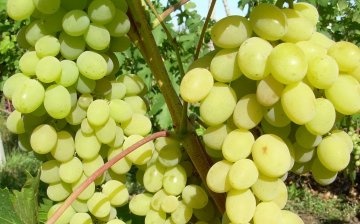
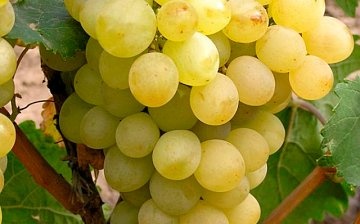
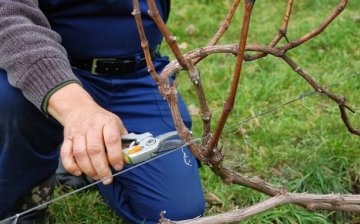

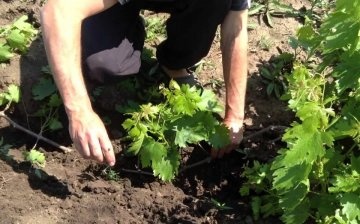









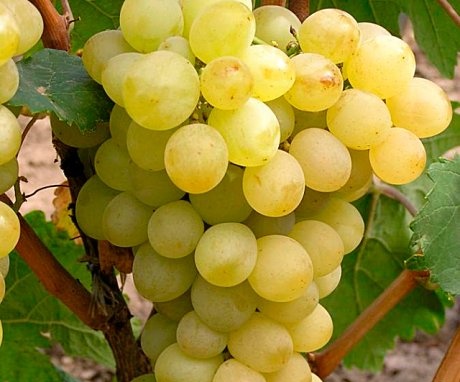

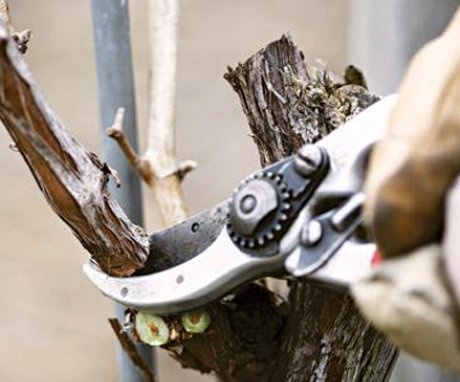
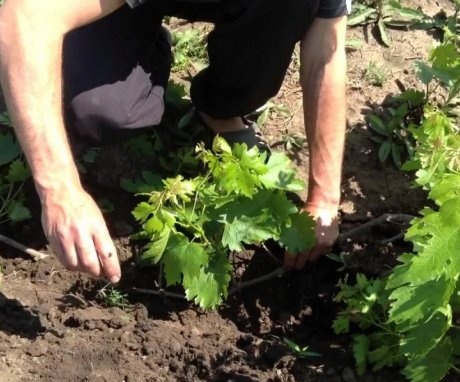
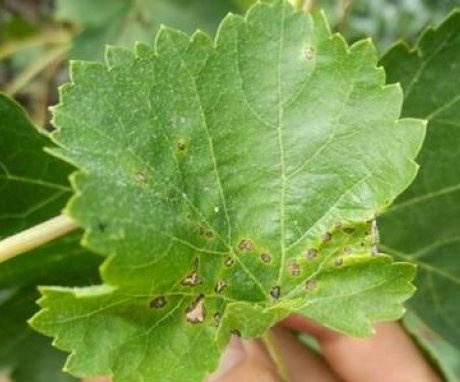
To be honest, this is the first time I've heard about this variety. I'll have to plant one for myself. There is nothing difficult in leaving. The main desire. Will decorate my arch in the country. Also an early variety. Let's eat first.